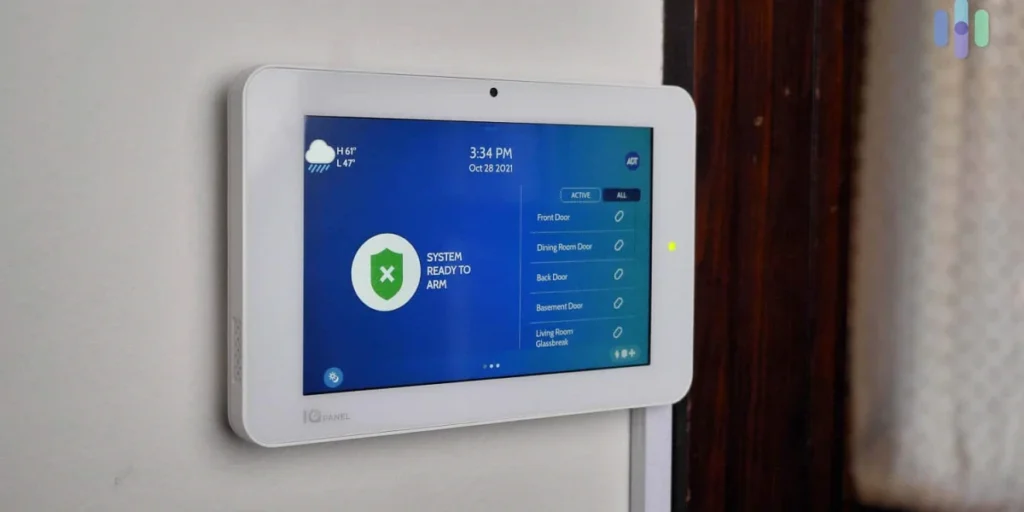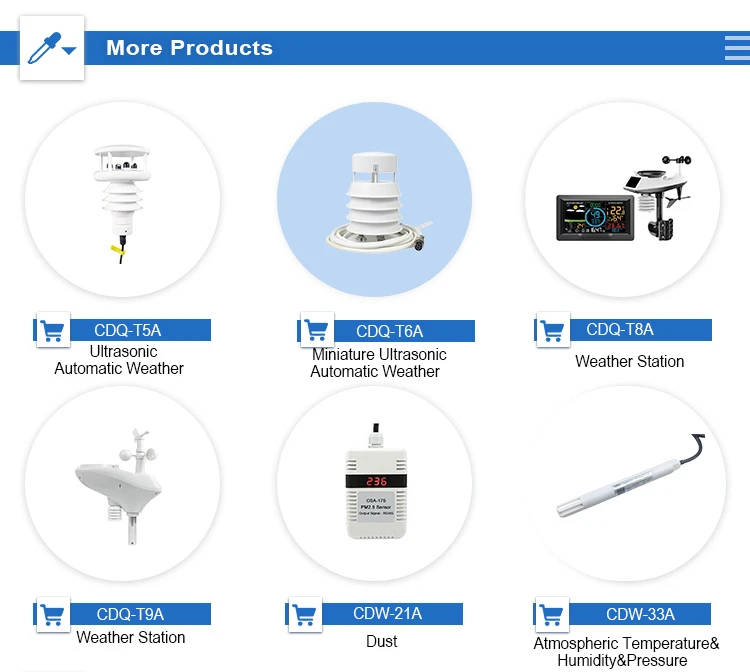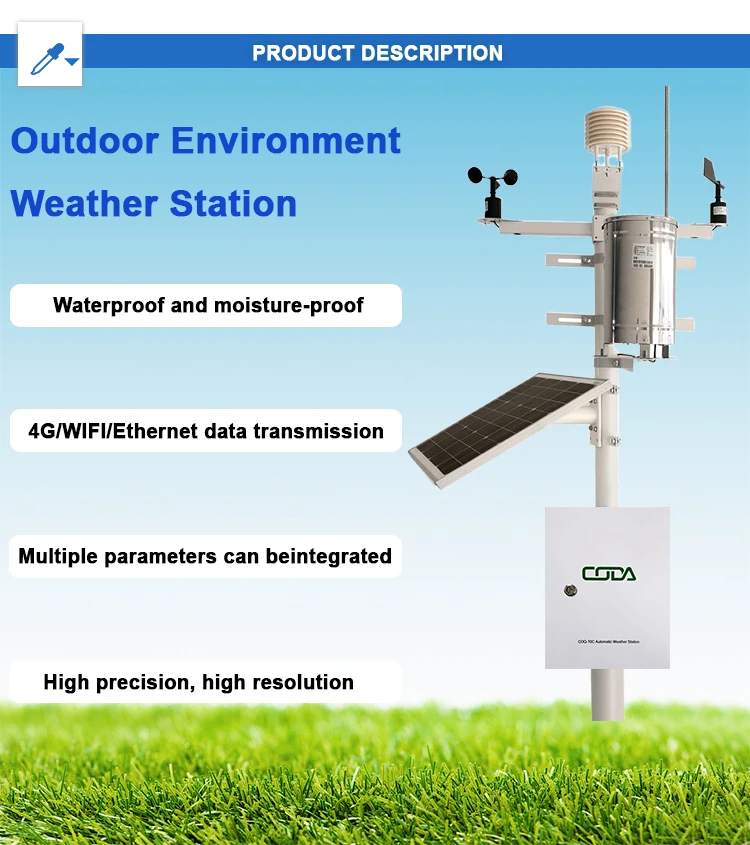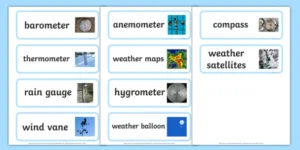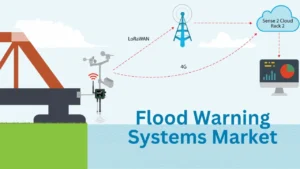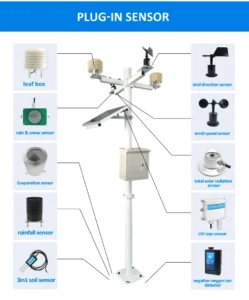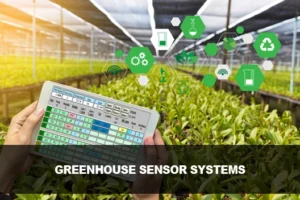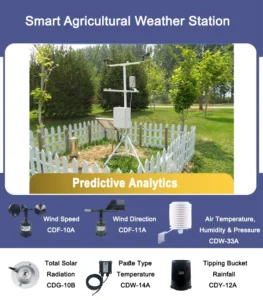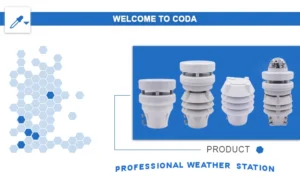How Much Does a alarm monitoring prices?
Introduction
In a time when safety and security matter most, monitored alarm systems are a popular choice. Homeowners and business owners both use them. These systems provide extra protection by linking to a central monitoring station. This station can respond to alarms 24/7. However, one of the most common questions potential buyers have is, “How much does a monitored alarm system cost?” The cost of a monitored alarm system can vary a lot. This article will explain the factors that affect these verisure alarm cost.
Factors Affecting the Cost of a Monitored Alarm System
Equipment Costs
A standard monitored alarm system has a few key parts. It usually includes sensors for doors and windows. There is also a control panel and a siren. Basic door and window sensors can cost anywhere from $10 to $50 each.
A control panel is the “brain” of the system. A simple model can cost around $100. More advanced models may cost over $500. The siren is important for keeping intruders away. It usually costs between $50 and $200.
Advanced Features and Add-ons: Many people choose extra features for better security. Motion sensors detect movement in a monitored area. They can cost between $20 and $100 each.
Smoke detectors, carbon monoxide detectors, and flood sensors are common extras. These sensors usually cost between $30 and $150 each.
Smart home features let you control the verisure alarm system using a smartphone app. This can add $100 to $300 to the cost. The exact amount depends on how complex the setup is.
Installation Costs
DIY vs. Professional Installation: One big factor that affects cost is how you install. DIY installation can save you a lot of money because you won’t pay for labor.
Many designers create modern alarm systems that are simple to use. They also give clear instructions. This helps tech-savvy people set up the system on their own.
If you are not confident in your technical skills, consider professional installation. It offers an easy setup. This is the best choice for you.
Professional Installation Fees: The cost of professional installation can change. It depends on how complex the system is and the size of the property.
On average, homeowners can expect to pay between $100 and $500 for professional installation. Larger commercial properties or systems with many sensors and complex setups may cost over $1,000 for installation. Some security companies may also offer free installation as part of a long – term monitoring contract.
Monitoring Fees
Monthly and Annual Subscription Models: Monitoring fees are a regular cost for monitored alarm systems. Most security companies provide monthly or annual subscription plans. Monthly monitoring fees usually range from $15 to $60.
Basic professional monitoring plans for intrusion detection are usually cheaper. Plans with extra features, like smoke, carbon monoxide, and flood monitoring, tend to cost more.
Differences in Monitoring Services: The cost of monitoring can vary based on the service level. Some monitoring stations respond faster, but this may cost more. Services that send emergency services response, like police, fire, or medical help, usually have higher fees. This is different from services that only alert the homeowner or business owner.
You can also find self-monitoring options. These are much cheaper, usually costing $5 to $10 per month. However, users must respond to alarms on their own.
Additional Costs
Many security companies ask customers to sign long contracts. These contracts usually last from 1 to 5 years. Breaking these contracts early can lead to big penalties. These penalties can add hundreds of dollars to the total cost.
It is important to read the contract terms carefully before you sign. This helps you know what happens if you end the contract early.
Maintenance and Upgrades: Over time, parts of the alarm system may need care or replacement. For example, you need to change the batteries in the sensors regularly.
Some security camera companies offer maintenance plans for an additional fee, which can range from $20 to $50 per year. Upgrading the system to add new features or improve how it works can also have a cost. This cost depends on the type of upgrade.
Cost Ranges for Different Types of Monitored Alarm Systems
Basic Home Security Systems
A basic monitored alarm system for a small to medium-sized home costs between $200 and $500. This system includes a control panel, 4 to 6 door and window sensors, and a siren.
You can install it on your own. The monthly fee for a basic plan is usually $15 to $30. Over three years, including equipment and monitoring, the total cost could be about $740 to $1,580.
Mid – Range Home Security Systems
For a better mid-range system, you can get motion sensors, smoke detectors, and smart home integration. With professional installation, the equipment cost will be between $800 and $1,500. Monthly monitoring fees for such a system, which offers a wider range of features, could be $30 – $50. Over three years, the total cost, factoring in equipment, installation, and monitoring, could amount to $1,880 – $3,300.
Commercial Alarm Systems
Commercial alarm systems are more complex. This is due to larger properties needing more coverage.
The equipment cost for a small business starts at $1,500. For larger businesses, it can exceed $5,000. Professional installation for commercial properties often costs several hundred dollars or more. The cost depends on how complex the system is.
Monthly monitoring fees for commercial systems can be between $50 and $100 or more. This depends on the service level and the number of sensors.
In three years, a monitored alarm system can cost more than $6,000. For big businesses, it can even reach tens of thousands.
Tips for Saving on Monitored Alarm System Costs
Shop Around: Don’t settle for the first security company you come across. Get quotes from multiple providers to compare prices, features, and contract terms. This way, you can find the best deal that suits your needs and budget.
Negotiate Contracts: Some security companies might be open to negotiating their prices. This is especially true if you sign a long-term contract. You can ask for a lower monthly fee. You can also request extra features at no added cost.
Many providers offer bundled packages. These packages combine alarm system monitoring with services like home automation or internet. Bundling can save you money compared to buying each service separately.
Think About Refurbished Equipment: Sometimes, you can find refurbished arm and disarm your system equipment for a lower price. Make sure to buy from a trusted source. Check the warranty and return policy before you buy.
Conclusion
The cost of a monitored alarm system depends on a few factors. These factors include equipment, installation, monitoring, and extra costs.
The first investment and ongoing costs might seem high. However, the peace of mind and better security these systems provide are worth it.
By knowing the different costs and using saving tips, you can find a monitored alarm system that fits your budget. This way, you won’t have to give up on the protection for your home or business.
